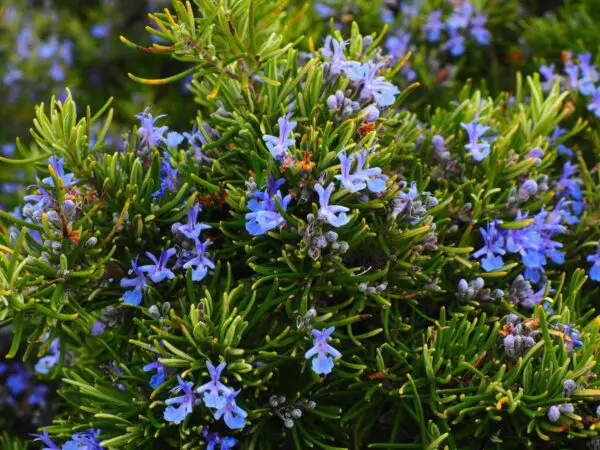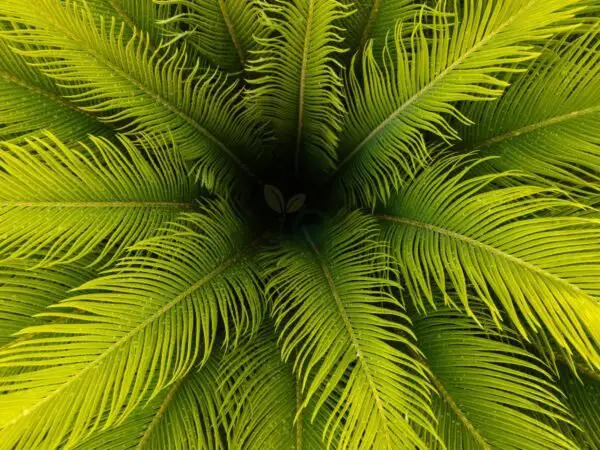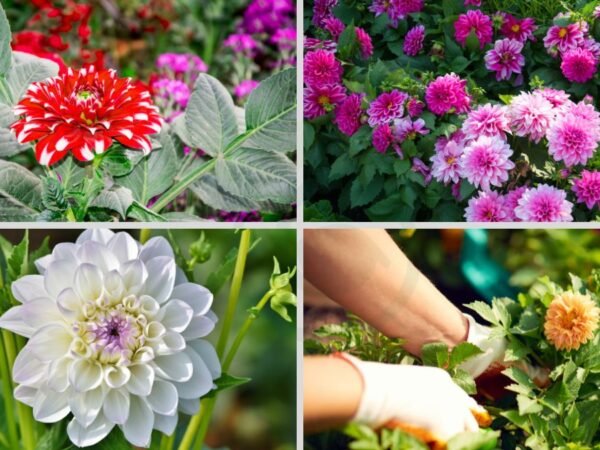Curious about where pistachio trees grow? Native to Western Asia, pistachio trees have a rich history dating back thousands of years. These resilient trees thrive in arid climates with well-drained soil, making regions like Iran, Turkey, and California ideal for their growth. With their distinctive green and purple-hued nuts encased in hard shells, pistachios are not only delicious but also packed with nutrients. Stay tuned to uncover more about the origins and cultivation of these iconic nut-bearing trees.
Key Takeaways
- Choose a sunny location with well-draining soil to plant pistachio trees for optimal growth.
- Consider regions with dry climates like California, Iran, and Turkey for successful pistachio cultivation.
- Plant pistachio trees during the dormant season and provide regular watering during the growing season.
- Prune pistachio trees to maintain shape and improve nut production, especially during the early years.
- Protect pistachio trees from frost by employing mulching and covering techniques during winter.
- Utilize grafting or cutting methods for propagating pistachio trees to ensure genetic quality and desired traits.
Understanding Pistachio Trees
Growth Process
Pistachio trees reproduce through budding, a method of asexual reproduction where a bud from one tree is grafted onto another rootstock. This process ensures that the new tree inherits desirable traits from its parent, such as disease resistance or high yield potential. Budding allows for the propagation of pistachio trees with specific characteristics.
After 5 to 7 years of growth, pistachio trees typically begin bearing nuts. These trees have both male and female flowers on separate branches, requiring cross-pollination between them to produce nuts. The male flowers release pollen that needs to reach the female flowers for fertilization to occur and nut development to start.
Fast Facts
- Native: Pistachio trees originate in the Middle East.
- Family: They belong to the cashew family.
- Cultivation: Cultivated for over 2,000 years.
The geographic varieties of pistachio trees include Kerman, Sirora, and Peters. Each variety has unique characteristics influenced by varying location, climate, and soil conditions in different regions. For instance, Kerman pistachios are known for their large size and vibrant green color compared to other varieties.
Pistachios have small elongated nuts with hard shells that split open when ripe. Their distinctive greenish hue sets them apart from other nuts like almonds or walnuts. The flavor profile of these nuts combines sweetness with a hint of savory notes making them versatile for both sweet and savory dishes.
Ideal Growing Conditions
Climate Needs
Pistachio trees thrive in regions with hot summers and cool winters. They require a Mediterranean climate with long, dry summers and mild winters. Extreme temperatures or frost can damage the trees and affect nut production. To ensure optimal growth, it's essential to plant pistachio trees in areas where these climatic conditions prevail consistently.
In terms of soil types, pistachio trees prefer well-drained soils with moderate fertility. Sandy loam soils are ideal for their growth as they allow proper root development by ensuring adequate drainage. Conversely, heavy clay soils should be avoided as they can lead to poor drainage, which may result in waterlogged roots and hinder the tree's overall health.
Water Requirements
Pistachio trees have moderate needs. While they are drought-tolerant plants that can withstand periods of low water availability, regular watering during the growing season is crucial for healthy growth and nut production. However, striking a balance is key because overwatering can lead to root rot issues that may compromise the tree's vitality.
Suitable Locations Worldwide
Major Producers
Pistachio trees thrive in specific regions globally. The Middle East stands out as the traditional hub for pistachio cultivation. Iran leads the way as the largest producer and exporter in this region, with countries like Turkey, Syria, and Afghanistan also contributing to global production. In the United States, particularly California, pistachios are grown on a large scale in the soil, making it a significant player outside of the Middle East. Arizona and New Mexico engage in smaller-scale cultivation activities.
The expansion of pistachio cultivation is not limited to established regions but extends to emerging areas worldwide. Countries such as Australia, Greece, and Spain are gradually emerging as notable producers due to their favorable climates and soil conditions for growing pistachio trees. These regions offer promising opportunities for increased production levels on a global scale.
Emerging Regions
- Major Producers
- The Middle East: Iran leads in production.
- Other countries: Turkey, Syria, Afghanistan contribute.
- United States: California dominates US production.
- Emerging Regions
Planting Pistachio Trees
Choosing Saplings
When planting pistachio trees, it's crucial to select saplings with strong root systems. Opt for plants with healthy lateral roots, avoiding any signs of damage or disease. Young tree saplings, typically 1 or 2 years old, establish themselves better in new environments.
For example:
- Healthy lateral roots are a good sign of a robust pistachio tree.
- Avoid saplings with damaged roots as they may struggle to grow effectively.
Planting Time
Pistachio trees thrive when planted in late winter or early spring. This timing allows tree to develop sturdy root systems before the scorching summer months arrive. It's best to avoid planting during periods of heavy rainfall or extreme cold conditions.
To illustrate:
- Late winter and early spring provide optimal conditions for pistachio tree growth.
- Planting during extreme weather can hinder the establishment of the tree's roots.
Site Preparation
Before planting pistachio trees, prepare the site diligently by clearing away weeds and debris that could impede their growth. Ensure proper soil drainage by amending it if necessary, promoting healthy root development. Consider factors like wind protection and spacing between trees for optimal growth outcomes.
Consider these points:
- Clearing weeds and debris from the site creates an ideal environment for pistachio trees.
- Proper soil drainage is essential for preventing waterlogging around the tree's roots.
Care and Maintenance
Pruning Techniques
Pruning pistachio trees is essential for their health. It should be done to the tree during the dormant period, in late winter or early spring. Removing dead or diseased branches helps the tree thrive by eliminating potential sources of harm. Thinning out crowded branches enhances air circulation and allows more sunlight to reach the tree.
Regular maintenance like pruning ensures that your pistachio tree remains healthy and productive. By following these techniques, you can help your tree grow strong and produce an abundant harvest year after year.
- Prune during dormant period
- Remove dead or diseased branches
- Thin out crowded branches
Fertilization
Fertilizing pistachio trees plays a crucial role in their growth. Using a balanced fertilizer with higher nitrogen content in the spring provides trees with essential nutrients for optimal development. Monitoring soil nutrient levels is important to adjust fertilization as needed, ensuring that the trees receive adequate nourishment throughout their growing season.
Proper fertilization contributes to the overall health and productivity of pistachio trees. By providing them with the right nutrients at the right time, you can support robust growth and bountiful yields from your trees.
- Use balanced fertilizer in spring
- Monitor soil nutrient levels
- Adjust fertilization accordingly
Pest Management
Protecting pistachio trees from pests is key to maintaining their well-being. Common pests like aphids, mites, and navel orangeworms can cause damage if left unchecked. Implementing integrated pest management strategies helps control tree populations effectively while minimizing harm to beneficial insects.
Vigilance is crucial. By staying proactive against pests, you can safeguard your trees' health and ensure a successful harvest each season.
Overwintering Strategies
Temperature Management
Pistachio trees need protection from extreme temperatures, especially frost during winter. To safeguard them, consider using windbreaks or tree covers. These measures act as shields against harsh weather conditions that can harm the trees. During scorching summer months, ensure the trees have adequate shade to prevent heat stress.
Proper moisture levels in the soil are crucial for pistachio tree growth. Regular irrigation is essential to maintain these levels and keep the soil moist. Applying mulch around the base of the tree helps retain moisture and prevents weed growth. However, be cautious not to overwater your pistachio trees as excessive water can lead to root rot and other water-related issues.
Propagation Methods
Grafting Techniques
Grafting is a common method used to propagate pistachio trees, enabling growers to replicate desirable characteristics and enhance tree performance. T-budding and chip budding stand out as popular grafting techniques for pistachio trees. With grafting, growers can ensure that the new trees inherit specific traits from the parent plant, such as disease resistance or high yield potential. By using these methods, farmers can maintain consistency in their orchards by reproducing successful tree qualities.
On the other hand, seed propagation offers an alternative approach to growing pistachio trees but is less commonly practiced compared to grafting. When opting for seed propagation, it's crucial to stratify the seeds before planting them in soil. This process helps break dormancy and kickstarts tree germination when conditions are favorable for growth. However, one downside of seed-grown trees is that they may display more genetic variability than grafted ones due to the random nature of pollination and fertilization processes.
Seed Propagation
Seed propagation presents an interesting opportunity for those looking to grow pistachio trees from scratch. While it might not be as prevalent as grafting in commercial settings due to its unpredictable outcomes, starting with seeds can lead to unique variations among individual trees within an orchard. By stratifying seeds before planting them in suitable soil conditions conducive for germination and growth, growers can initiate the development of new pistachio tree specimens with diverse genetic compositions.
Harvesting and Storage
Harvest Time
Pistachios reach their peak ripeness on the tree in late summer to early fall. Their shells naturally split open, signaling they are ready for harvest. Timing is critical to ensure top-quality nuts and reduce losses during harvesting.
Processing tree nuts involves removing the shells post-harvest to make pistachios consumable. Large-scale operations commonly use mechanical shelling machines for this task. Following this step, the nuts undergo sorting, roasting, and packaging before distribution.
Storage Conditions
Maintaining proper storage conditions is vital for preserving the quality of pistachios. Storing these nuts in a cool, dry place helps prevent spoilage and rancidity. To extend their shelf life further, consider using vacuum-sealed or airtight containers.
Common Challenges
Pests and Diseases
Pistachio trees face challenges from pests and diseases, such as fungal infections and insect infestations. Diseases like Botryosphaeria blight and Verticillium wilt can harm the trees. To manage these issues, regular monitoring is essential. Proper sanitation practices help prevent the spread of diseases among trees. Timely treatment with appropriate fungicides or insecticides is crucial to control pest populations on trees.
- Regular monitoring needed
- Sanitation practices important
- Timely treatment crucial for disease management
On the other hand, pests like aphids or mites can damage pistachio trees by feeding on their leaves or nuts. These pests weaken the tree's health and reduce nut yield if left uncontrolled. By implementing integrated pest management strategies, farmers can effectively protect their pistachio tree orchards from destructive pests.
- Integrated pest management strategies recommended
- Biological controls combined with chemical treatments
- Protects orchards from destructive pests
Climate Impact
The climate plays a significant role in determining the success of pistachio tree cultivation due to its sensitivity to temperature changes. With climate change causing rising temperatures globally, pistachio trees are facing new challenges in growth and nut production levels fluctuate due to unpredictable weather patterns caused by climate change impacts.
- Sensitivity to temperature fluctuations
- Rising temperatures affecting growth
- Unpredictable weather patterns impacting nut production
To adapt to these changing conditions, farmers employ various strategies such as improved irrigation techniques that ensure optimal water supply during hot periods while preventing waterlogging during rainy seasons. Selecting suitable pistachio tree varieties that are more resilient to extreme temperatures helps mitigate the adverse effects of climate change on pistachio cultivation.
Now that you know all about pistachio trees, from planting to harvesting and the challenges you might face, it's time to get your hands dirty and start growing your own pistachios. Remember, the journey of nurturing these trees is not just about the end result of delicious nuts; it's also about the satisfaction of watching something you've cared for flourish. So, grab your gardening tools, find a suitable spot in your garden, and let those pistachio trees take root.
In the world of pistachio cultivation, patience, dedication, and tree are key. Your efforts will be rewarded with bountiful harvests and a sense of accomplishment. So, go ahead, embark on this green-fingered adventure, and enjoy the fruits (or nuts) of your labor!
Frequently Asked Questions
Where do pistachio trees grow best?
Pistachio trees thrive in regions with long, hot summers and low humidity. Ideal locations include areas with well-drained soil and full sun exposure, such as Mediterranean climates. These conditions are crucial for optimal growth and bountiful harvests.
How should I care for my pistachio tree?
Ensure your pistachio tree receives adequate water during its growing season, especially in the first few years after planting. Prune tree regularly to promote healthy growth and remove any diseased or damaged branches. Fertilize sparingly but consistently to support overall tree health.
When is the best time to harvest pistachios?
Pistachios are typically ready for harvesting in late summer or early fall when their shells split open naturally. Monitor the color of the hulls – a sign that they are ready for picking. Harvest promptly from the tree to prevent spoilage and ensure you enjoy delicious, fresh nuts.
What challenges may I encounter when growing pistachio trees?
Common challenges include fungal diseases like Verticillium wilt, pests such as aphids or mites, inadequate pollination leading to poor nut development, and environmental stressors like frost damage. Regular monitoring, proper care practices, and timely interventions can help mitigate these issues effectively.
Can I propagate my own pistachio trees at home?
While propagating pistachio trees from seeds is possible but unreliable due to variations in seed quality and characteristics of resulting plants; grafting is a preferred method for ensuring desirable traits like nut size or flavor consistency.
Image Source: Paid image from CANVA





